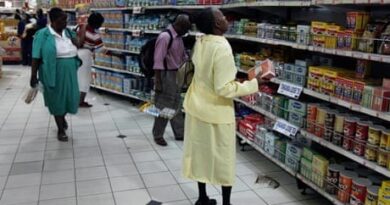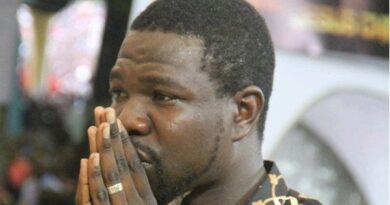Zimbabwe’s Economic Paradox: Growth Amidst Widespread Poverty
…FreeZim President JM Busha Castigates 6.6 % Economic Growth Mentioned by President Mnangagwa in The SONA.
By Desire Tshuma
Harare, Zimbabwe – In a review of President Mnangagwa’s recent State Of The Nation Address, JM Busha, leader of the FreeZim Congress party, has expressed his concerns about the country’s economic trajectory.
“We’re witnessing a peculiar phenomenon where economic growth isn’t translating to improved living standards for the majority of Zimbabweans,” Busha said. “The elite are thriving, but the common person is struggling to make ends meet.”
The Zimbabwe National Statistics Agency (ZIMSTAT) reports that 57% of the population lived below the poverty datum line in 2019. Afrobarometer’s latest report echoes this sentiment, highlighting a worrying surge in severe lived poverty, with many Zimbabweans struggling to access basic necessities like food, clean water, medical care, and cash income.
“The 6.6 economic growth that the President mentioned in the SONA is not applicable in our economy. If it is real, why is it that Zimbabweans are migrating to other countries in search of jobs and better standards of living,” Busha asked. “Our own currency ZiG is not practically working, you can’t buy fuel, pay public transport or buy anything outside shops using ZiG. Our infrastructure is in shambles, our roads are in bad state, road accidents are high, people are being killed in roads due to the poor state of roads. I assume our President is wrongly informed.”
Busha attributes the country’s economic woes to poor governance and corruption.
“The system is designed to benefit a select few, while the majority are left to fend for themselves. We need a new economic model that prioritizes people-centered development and equitable growth.”
The Zimbabwean economy has experienced significant fluctuations, moving from prosperity to crisis and attempts at recovery. With a highly educated workforce and abundant natural resources, the country has the potential to achieve steady and rapid growth. However, high and unsustainable public debt, currently standing at $23.2 billion (72.9% of GDP), limits its access to international financing.
As Zimbabwe navigates its economic challenges, the question remains; will the country prioritize people-centered development and equitable growth, or will the elite continue to reap the benefits of economic growth while the majority struggle to survive?
President Mnangagwa mentioned a 6.6% economic growth target in his State of the Nation Address (SONA), according to recent reports. This ambitious goal is part of the government’s efforts to revitalize the economy. However, critics argue that such growth projections may not translate to improved living standards for ordinary Zimbabweans, given the country’s history of economic challenges and high poverty rates.
The economy’s growth potential is significant, driven by sectors like agriculture and mining. Nevertheless, structural issues, such as inadequate infrastructure and corruption, pose substantial obstacles. For instance, Zimbabwe’s power generation capacity has long been outstripped by demand, leading to frequent blackouts that affect businesses and households.
To achieve sustainable economic growth, Zimbabwe may need to prioritize investments in infrastructure, promote transparency, and address corruption. Additionally, policies that support small and medium-sized enterprises (SMEs) could help stimulate economic activity and reduce poverty.




